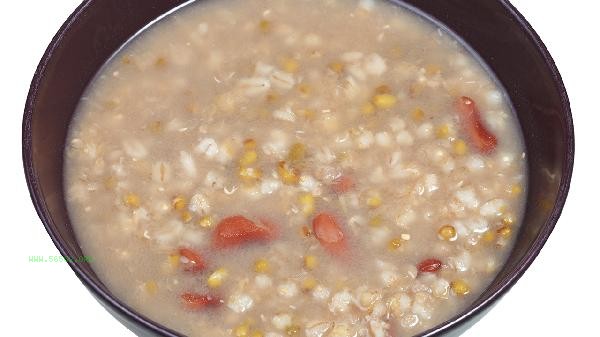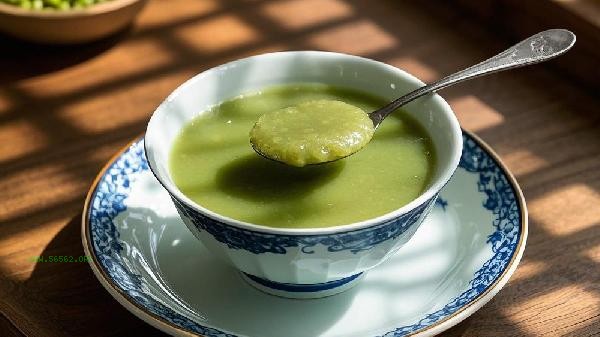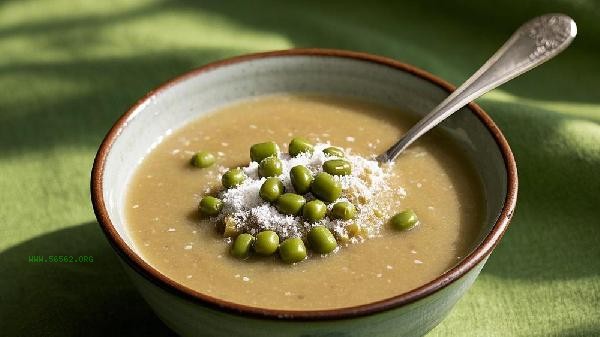The red color of mung bean Congee after cooking is mainly related to the oxidation of polyphenols in mung bean skin, which is a normal phenomenon. The color change may be affected by factors such as water quality acidity, boiling time, container material, etc., and does not affect food safety. Green bean skins are rich in polyphenol oxidase and flavonoids, which react with minerals in water during heating. Alkaline water in northern areas will accelerate the oxidation of polyphenols, making mung bean Congee reddish brown. When boiling in an iron pot, iron ions combine with polyphenols to form complexes, which can also deepen the color of the soup. Long term high temperature boiling can lead to the continuous release of pigment substances, and the color gradually changes from green to red.

Some varieties of mung beans have a high content of anthocyanins in their skin, which can easily dissolve red pigments when exposed to heat. The aged mungbean stored for a long time is prone to red soup when cooking Congee due to the high degree of oxidation of the skin.

The nutritional value of mung bean Congee remains basically unchanged after it turns red, and it still contains rich protein, B vitamins and dietary fiber. It is recommended to use a clay pot or glassware to boil, and reduce the heat after the water boils to shorten the cooking time. If you prefer green soup color, you can add a small amount of lemon juice to adjust the acidity and alkalinity, or choose fresh mung beans produced in the same year and consume them in a timely manner after production to avoid oxidation and discoloration after prolonged storage.









Comments (0)
Leave a Comment
No comments yet
Be the first to share your thoughts!